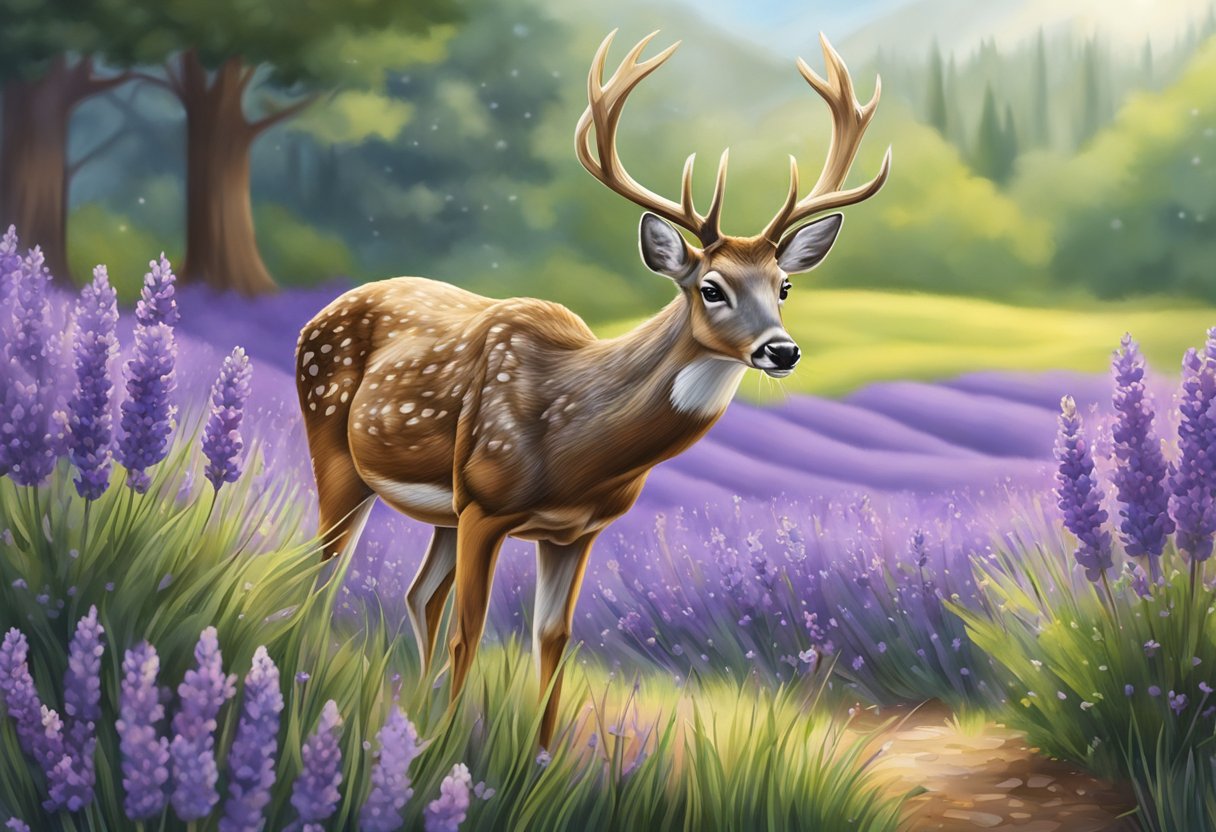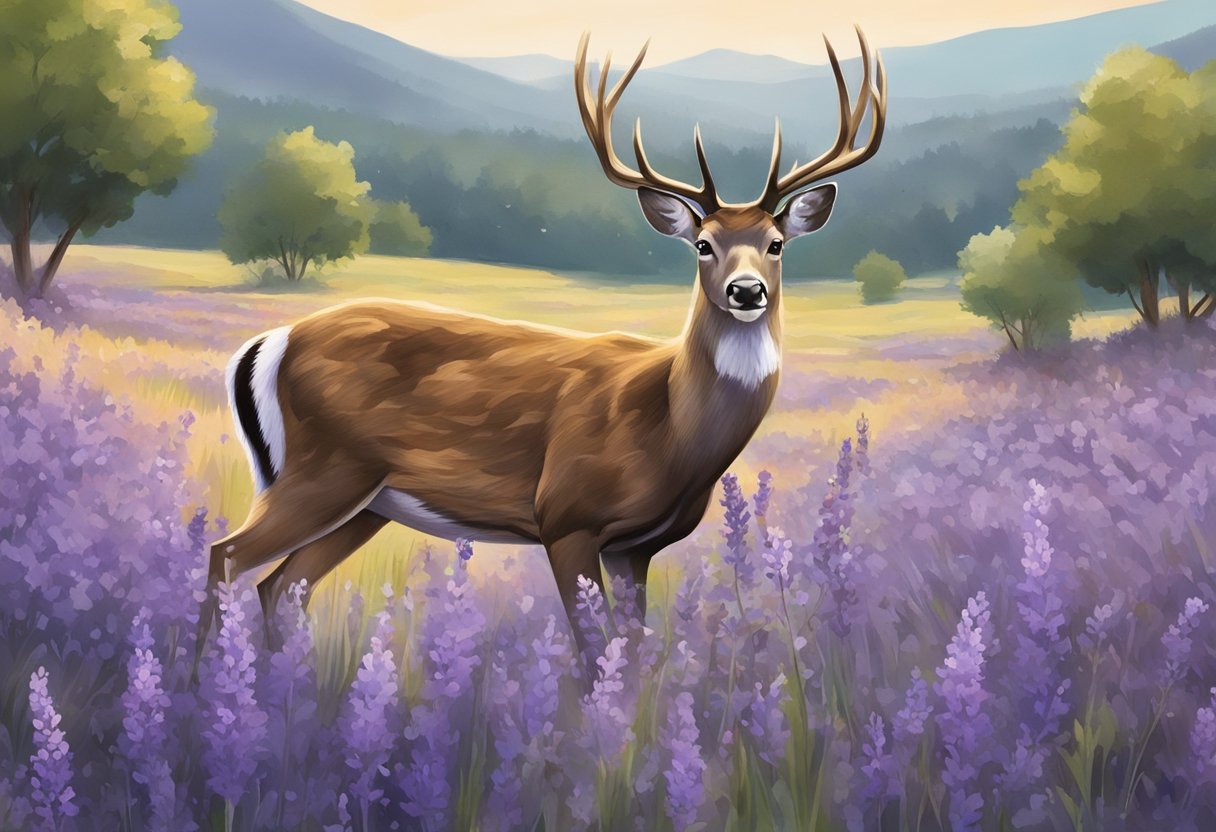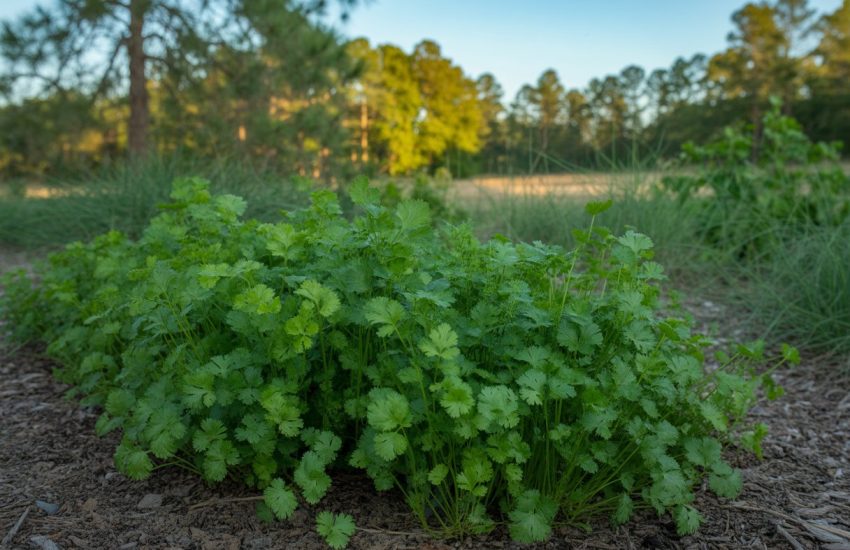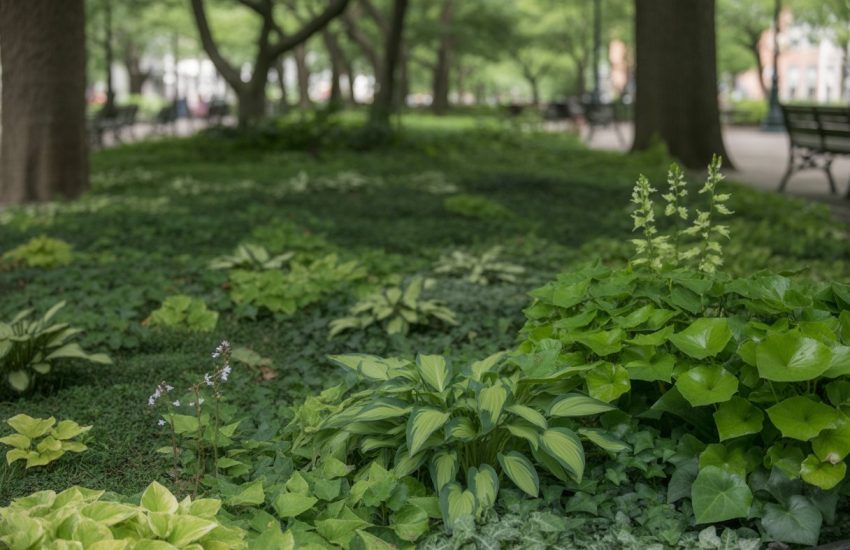Do Deer Like Lavender Plants?
Deer are known to be voracious eaters, and they can easily damage gardens and landscapes in search of food. Gardeners and homeowners often struggle to find ways to protect their plants from these animals, and some have turned to using lavender as a natural deterrent. But do deer really dislike lavender plants, or is this just a myth?

Lavender is a fragrant plant that is often used in gardens and landscapes for its beauty and aromatic properties. It is also believed to have repellent properties against certain animals, including deer. However, the effectiveness of lavender as a deer deterrent is still a topic of debate among gardeners and wildlife experts. Some claim that the smell of lavender is too strong for deer and can repel them from the area, while others argue that deer may actually be attracted to the scent and may even eat the plants.
Understanding Deer Behavior and Preferences

Deer are known to have a diverse diet, and they can eat up to 6-8 pounds of food per day. They are herbivores and prefer to eat plants, shrubs, flowers, and vegetables. Deer are attracted to plants with a sweet taste and a soft texture, making them a common target for gardeners.
Deer Diet and Plant Attraction
Deer are attracted to plants with a sweet taste and a soft texture. They also prefer plants with a strong smell and a high moisture content. Some of the plants that deer like to eat include hostas, daylilies, and impatiens. However, not all plants are attractive to deer. Some plants, such as daffodils, lavender, and marigolds, have a strong fragrance that deer do not like.
Common Deer Repellents and Their Efficacy
Gardeners often use deer repellents to keep deer away from their plants. There are several types of deer repellents available, including chemical sprays, fencing, and deer-resistant plants. Chemical sprays work by emitting a strong smell that is unpleasant to deer. Fencing is also an effective way to keep deer away from plants. However, it can be expensive and time-consuming to install. Deer-resistant plants are another option that gardeners can consider. These plants have a texture or fragrance that deer do not like, making them less attractive to deer.
It is important to note that not all deer repellents are effective. Some deer may become accustomed to the smell of certain repellents, rendering them useless. Additionally, some deer-resistant plants may still be attractive to deer if they are hungry enough. Therefore, it is important to use a combination of repellents and deterrents to keep deer away from plants.
In conclusion, understanding deer behavior and preferences is crucial for gardeners and landscapers who want to protect their plants from deer damage. By using a combination of deer repellents and deterrents, gardeners can keep deer away from their plants and prevent costly damage.
Lavender and Its Role in Deer-Resistant Gardening
Characteristics of Lavender That Deter Deer
Lavender is a fragrant, deer-resistant plant that is known for its beautiful and calming purple flowers. It is a member of the mint family and has a strong scent that repels deer. The scent of lavender is said to be so strong that it can even mask the scent of other plants that deer might be attracted to.
In addition to its scent, lavender also has a number of physical characteristics that make it unappealing to deer. For example, the leaves of lavender are tough and leathery, which makes them difficult for deer to digest. Lavender also has a bitter taste, which deer find unappealing.
Incorporating Lavender into a Deer-Resistant Landscape
Lavender is a popular choice for gardeners who want to create a deer-resistant landscape. It is a versatile plant that can be used in a variety of ways, from creating borders and hedges to filling in gaps in a garden bed.
One way to incorporate lavender into a deer-resistant landscape is to plant it alongside other fragrant, deer-resistant plants like marigolds, sage, salvia, rosemary, and thyme. These plants not only repel deer, but also attract pollinators like butterflies and bees.
Another way to use lavender in a deer-resistant landscape is to plant it alongside plants that deer find unappealing, like garlic, hosta, onion, and snapdragon. These plants have a strong scent that can mask the scent of other plants, making them less attractive to deer.
Overall, lavender is a great choice for gardeners who want to create a beautiful, fragrant, and deer-resistant garden. It is a low-maintenance plant that is drought-tolerant, self-seeding, and easy to care for. Whether used as a border, a hedge, or a filler, lavender is sure to add beauty and fragrance to any garden.


